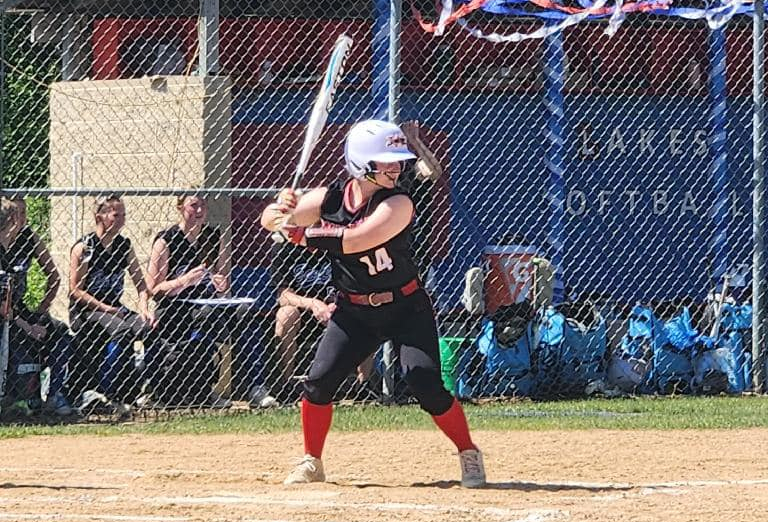How to Increase Your Coaching ROI

If there’s one thing just about every coach complains about when talking about coaching challenges it’s that they simply don’t have enough time.
It seems like there’s always a hundred things to go over in every practice and about 20 minutes to go over them. Hopefully things aren’t really that bad, but it can certainly feel that way.
So with that type of work/time pressure it’s important for coaches to invest their limited time where it will do the most good. Unfortunately, human nature being what it is, many seem to do the opposite of what they ought to be doing.
What mistake is it that so many make? Spending too much time trying to “fix” their best players, i.e., the ones who are performing best on the field, while ignoring or giving scant time to every one else.
I see it and hear about it all the time. Let’s say you have your top three hitters, all of whom are hitting the ball for average and power.
Their batting averages are above .333, which is pretty darned good unless the teams you’re playing are pretty darned bad, and their on base percentages (OBP) and on base plus slugging (OPS) are equally on the high end.
Then you have the bottom part of the order that can’t hit water if they fell out of a boat. (Thank you Bull Durham – one more funny line to add to last week’s blog post.)
Every time one of them comes to the plate in a tight game you suddenly rediscover religion, hoping and praying that somehow they manage to put the bat on the ball, even if it results in a duck snort or a swinging bunt, so for once you can move those runners along and score a little more than you usually do.
So where do you think you will get the best return on investment for your time and effort in practice?
To me, logic says that if you can improve those bottom few players and get them to go from poor to even below average, you’re going to score more runs and win more games. That would be a huge gain that would continue to pay dividends throughout the season.
Ok, now, answer this: where do most coaches tend to spend the bulk of their time? Unfortunately, it’s trying to make incremental improvements with their top three hitters.
Why do they do that? Because A) it’s more fun to work with a good or great player than with one who seems to barely know which end of the bat to hold and B) they often want to get a share in the glory that comes with seeing a player they’ve coached go on to do well. In other words, they want to stake their claim that they helped that player become the star she is today – even if their suggestions were actually getting in the way of that great player playing great.
The reality is it isn’t that hard for a bad coach to screw up a high-performing player. All he/she has to do is give bad advice and then insist that it be followed.
For example, the coach can tell a top-performing hitter that she should widen her stance and not stride, even though her narrower stance and normal stride have been resulting in her hitting bombs. Then the coach stands there during batting practice and forces the hitter to follow the advice he/she gave until that hitter is dragged down to the level of everyone else.
Or there’s the case of the coach who thinks he/she knows everything about pitching and decides to have all his/her pitchers do a certain set of drills he/she saw at a coaching clinic instead of realizing that the top pitcher(s) got that way by doing whatever it is they’ve been doing.
Throwing in an arbitrary set of drills just because he/she can could end up hurting the top pitcher’s performance on the field, creating unnecessary losses. If the coach feels he/she has to contribute to the pitchers, do it with the ones who are already struggling. They have far less to lose – and so does the team.
As the high school and college seasons end and the rec and travel ball seasons begin in most of the country, please keep this idea in mind: You will gain far more benefit by investing the bulk of your time bringing your least-performing players up to an average level than you will by trying to wring a little more performance out of players who are already playing at a high level.
This is a team sport, after all, and no single player, no matter how good they are, can make up for eight others who are below average. But bring the rest, or even a few of the rest, up to a higher level than they were and you’ll stand a much better chance of putting more Ws on the board.
One last thought: don’t assume you know who your best players are just by gut feel. Look at their stats too.
You may just be pleasantly surprised – and it will help you narrow down where you spend your limited time.
Posted on May 25, 2024, in Coaching and tagged coaching smart, incremental improvements, investing time, limited time, raising the bottom, ROI, smart coaching. Bookmark the permalink. Leave a comment.






Leave a comment
Comments 0